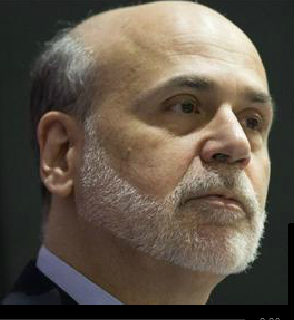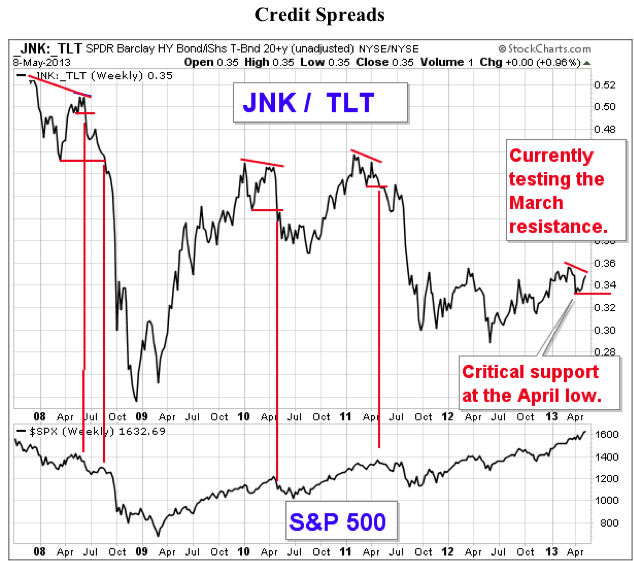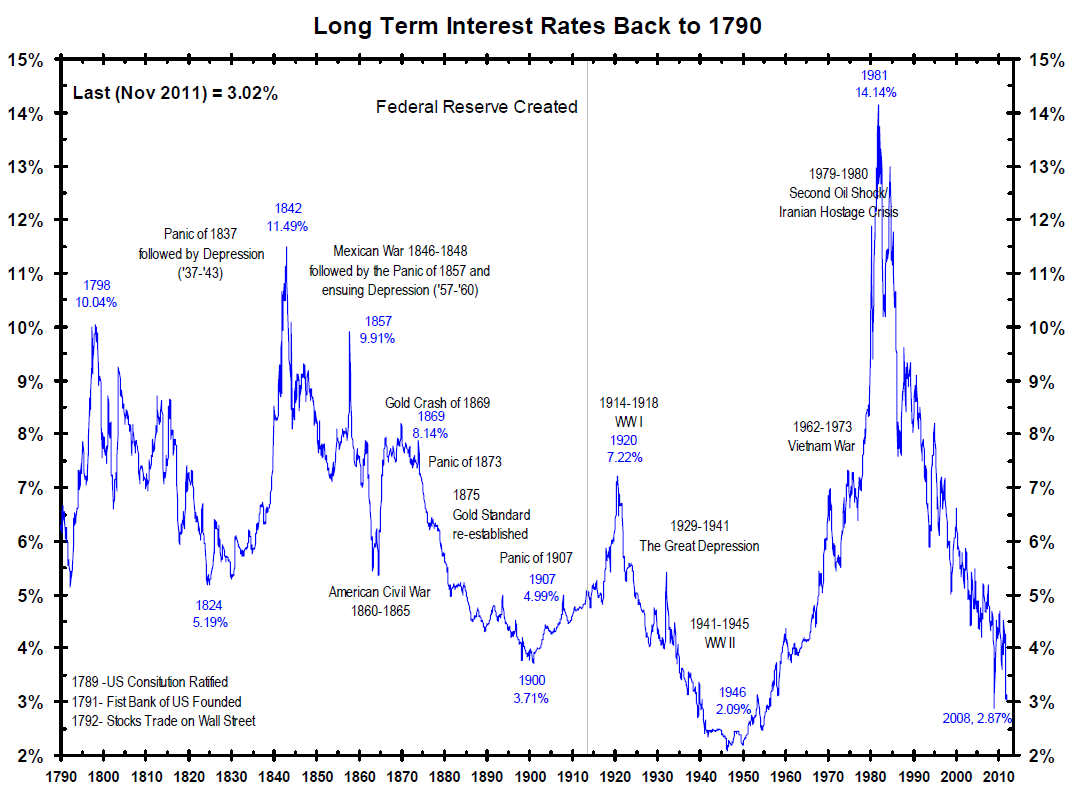Bonds & Interest Rates
 Bernanke Now Holds The Entire World Hostage after Injecting Foreign Banks With Over $1 Trillion In Cash…
Bernanke Now Holds The Entire World Hostage after Injecting Foreign Banks With Over $1 Trillion In Cash…
BOK KIM (The central bank chief of Asia’s fourth-largest economy) SAYS WORLD MAY FACE RATE RISK IF U.S. EXITS FROM QE
There you have it: if the Fed exits, the world (and most certainly Japan) gets it. Thus, for the sake of the children (who will have inhert about $100 trillion in debt (but don’t worry: debt is an asset as some “analysts” will promise) Bernanke can never exit. QE…D
“We can’t say the crisis is very near an end yet but we’re in a process of wrapping it up gradually,” Bank of Korea Governor Kim Choong Soo said at a meeting with economists inSeoul today. He didn’t refer to Cyprus, where lawmakers yesterday rejected a levy on bank deposits as part of a financial bailout of the nation.
….read more HERE (BOK Governor Kim Says Global Crisis May Have Entered Final Stage)

2 Fed Officials suggest the central bank is not even close to tapering its bond-buying program.
St. Louis Fed President James Bullard said Tuesday that the central bank should continue with its present bond-buying program and adjust the rate of purchases in view of incoming data on growth and inflation. He said the program is the best policy option and has been effective.
New York Fed President William Dudley, who is also vice chairman of the Federal Open Market Committee, said that the Fed may adjust the pace of asset purchases up or down depending on the economic outlook.
The Fed’s $85-billion-a-month asset-purchase program aims to boost economic growth and lower the jobless rate. The program has buoyed the stock market and its end — if not properly managed — may hurt sentiment among equity investors, potentially triggering a correction in the market.
 “Broadly speaking, investors are really waiting to see what Mr. Bernanke is going to say in front of Congress,” said Andrew Wilkinson, chief economic strategist for Miller Tabak. “The next 20 points in the S&P 500 are probably predicated on what he has to say.”
“Broadly speaking, investors are really waiting to see what Mr. Bernanke is going to say in front of Congress,” said Andrew Wilkinson, chief economic strategist for Miller Tabak. “The next 20 points in the S&P 500 are probably predicated on what he has to say.”
On Wednesday, Federal Reserve Chairman Ben Bernanke will testify before Congress about the economic outlook, and the Federal Open Market Committee will release minutes from its latest meeting.
Bottom line: “It’s a consistent message from the [Federal Open Market Committee] that they will reduce the pace of QE [quantitative easing] purchases, but only when the economy is clearly ready for a reduction,” said Tom Graff, fixed-income portfolio manager at Brown Advisory
Additional Note: More evidence the Fed thinks it is doing the right thing came when Chicago Federal Reserve President Charles Evans said the Fed’s policy stance remains appropriate.


Everywhere PIMCO founder and co-chief investment officer Bill Gross looks, he sees bubbles.
“Not just in the bond market,” he told Bloomberg Television in an interview earlier this week, but in the bull-run of the stock market over the past few years as well. These bubbles, of course, are being inflated by the billows of Federal Reserve bond buying. Now bogged down in its fourth discrete round of quantitative easing, the Fed has pumped so much liquidity into the economy that what once felt like a flood is now the new normal.
“As long as the Fed and Bank of Japan and other central banks keep writing checks and do not withdraw, then the bubble can be supported,” Gross said. For some context, the Federal Reserve is throwing $85 billion at the yield curve every month, or about 0.6 percent of GDP. The BoJ is spending 7.5 trillion yen ($80 billion per month), or almost 1.4 percent of GDP.
In the U.S., the conversation about paring back purchases has been going on in earnest for a number of months. This week alone, three regional Fed presidents suggested reducing purchases immediately, while one suggested that a wind-down begin in summer. At the beginning of the year, the Fed announced that it would continue with QE as long as inflation did not exceed 2 percent (currently at an annual rate of 1.8 percent), and as long as the headline unemployment rate remained above 6.5 percent (currently at 7.5 percent).
Meanwhile, Japan’s most recent stimulus initiative has just begun, and will last for at least two years.
…..read page two HERE

How big can a market phenomenon get?
Of course, the great bubbles from the South Sea Bubble in 1720 to those of 1929 and 2007 are the really big ones. Other more specific examples include commodities and CPI inflation in 1980, junk-bonds in 1985 and tech-stocks in 2000. And then there was the great “new issues” market of 1962. Now called “IPOs”, that one was so popular that anything could be placed and it is in the history books as the “Great Garbage” market.


 Bill Gross, who manages the world’s largest bond fund, has indicated that the 30+ year old super cycle bull market in bonds has ended. This is very bad news for the markets.
Bill Gross, who manages the world’s largest bond fund, has indicated that the 30+ year old super cycle bull market in bonds has ended. This is very bad news for the markets.
First and foremost, if bonds fall, rates will increase. With higher rates, it will be harder to meet debt obligations. This will be the case for corporations as well as sovereign nations.
For the former, this means that more money going towards paying off debt and less going to shareholders. For the latter, sovereigns, this means default. Most sovereign nations in the developed world are sporting Debt to GDP ratios above 100%. These levels are justmanageable with interest rates at record lows. When interest rates rise, default becomes a very real possibility.
In the case of the US, a 1% rise in interest rates means more than $100 billion more in interest payments. That money has to come from somewhere… which means either taxes going up, or the Government spending less on various programs.
For Europe, a 1% rise in rates can be almost deadly. Italy and Spain were both thought to be rock solid members of the EU. Once their ten year rates rose to 7%, they were suddenly on the verge of default.
And for Japan, if rates rise just a few percentage points, the entire system collapses.
For investors trying to navigate this market, it’s critical to note that the last bear market in bonds ended over 31 years ago.
This means that there is an entire generation of investment professionals and money managers who have never invested during a bear market in bonds. So many of these folks will be in a totally new environment.
Investors, take note… stocks are always the last to “get it.” This bubble will end as all bubbles do: in disaster.
If you are not already preparing for a potential market collapse, now is the time to be doing so.
I’ve been warning subscribers of my Private Wealth Advisory that we were heading for a dark period in the markets. I’ve outlined precisely how this will play out as well as which investments will profit from another bout of Deflation.
As I write this, all of them are SOARING.
Are you ready for another Collapse in the markets? Could your portfolio stomach another Crash? If not, take out a trial subscription to Private Wealth Advisory and start protecting your hard earned wealth today!
We produced 72 straight winning trades (and not a SINGLE LOSER) during the first round of the EU Crisis. We’re now preparing for more carnage in the markets… having just seen another SIX trade winning streak…
To join us…
Best Regards,
Graham Summers












